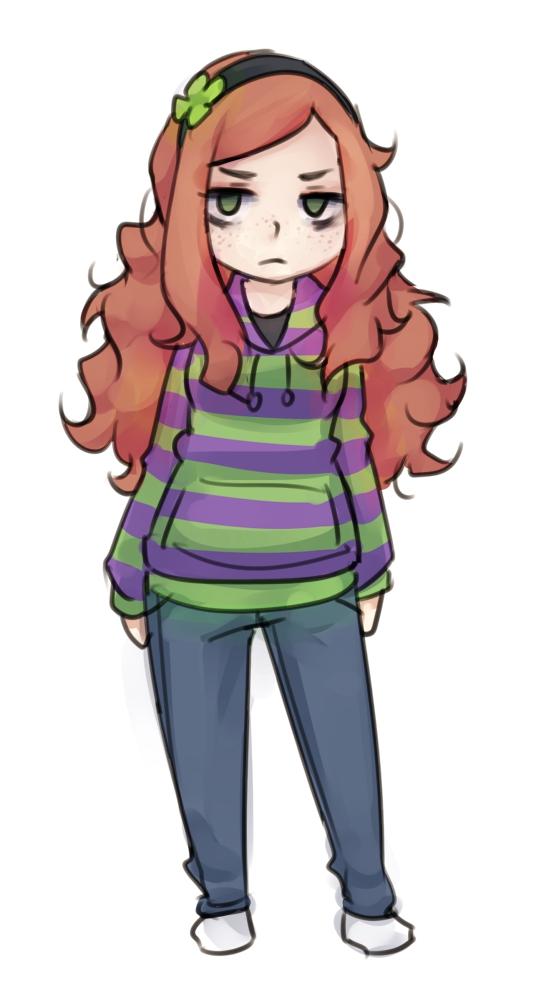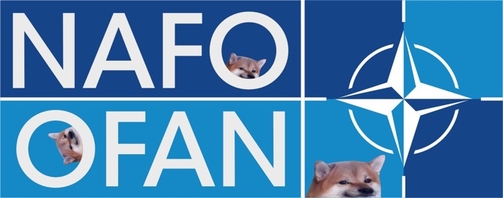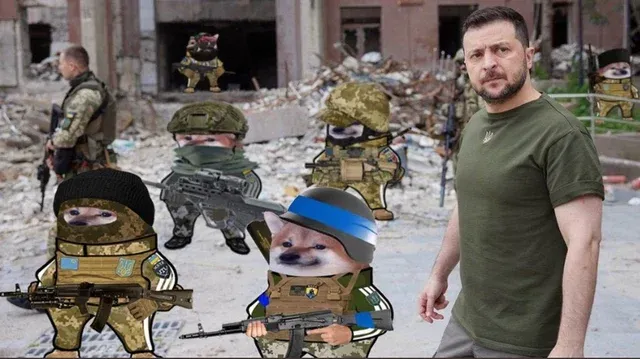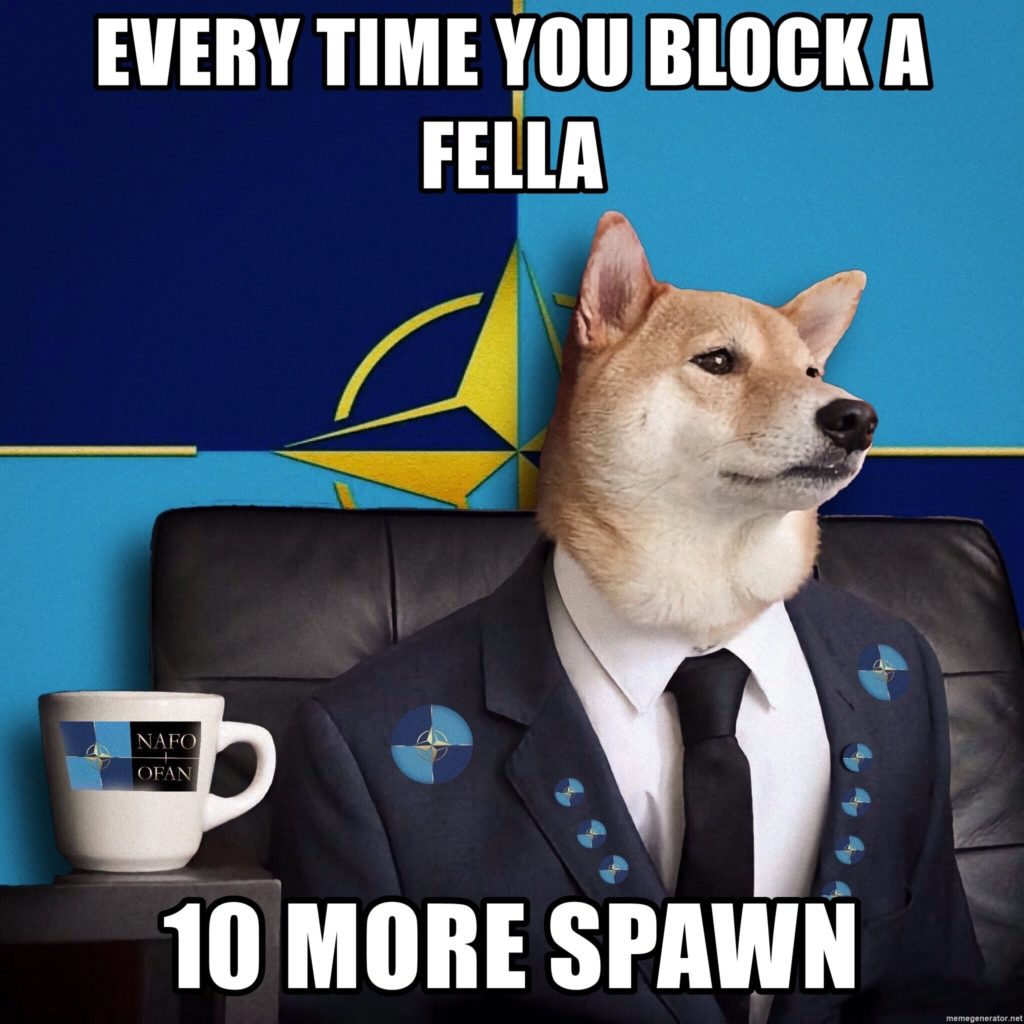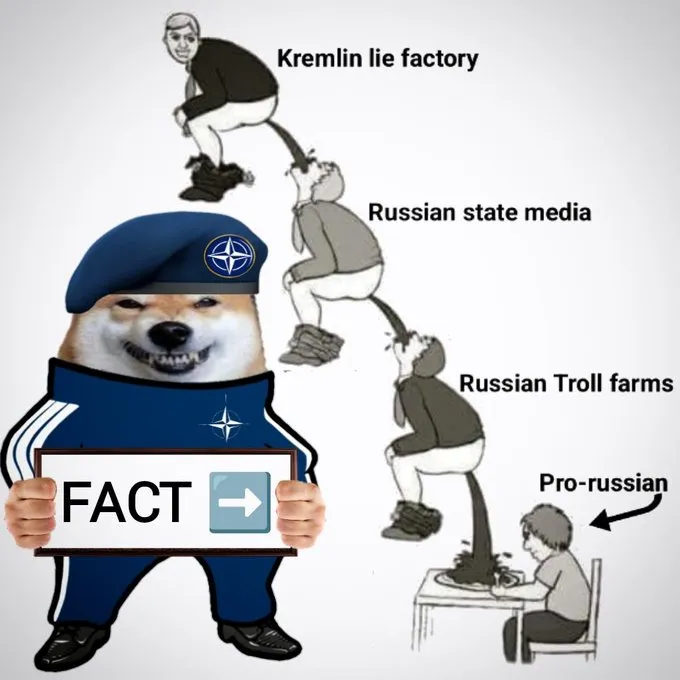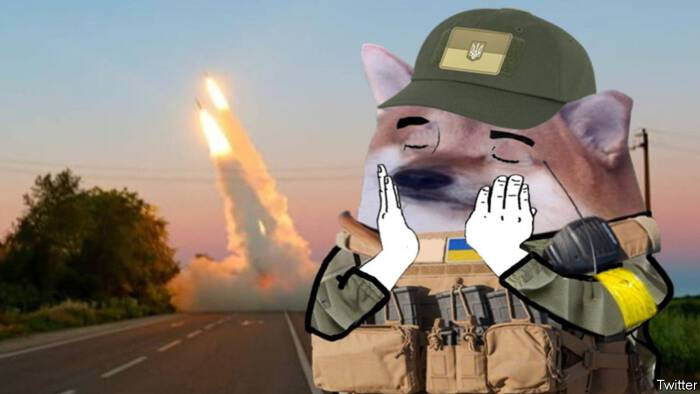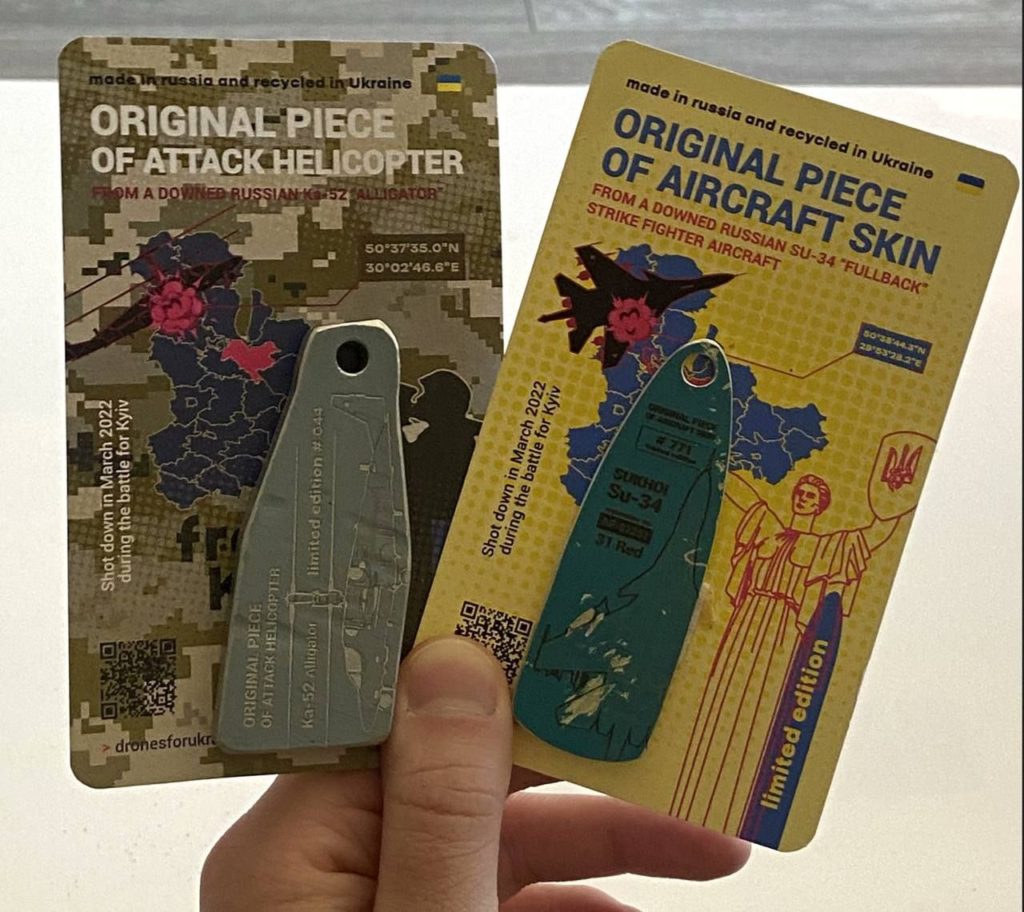Here is an interesting thread about the ongoing Ukrainian counter-offensive by Mick Ryan.
|
|||||
|
“German Galushchenko, the minister of energy, told the YES conference that Ukraine could potentially supply two gigawatts of power to the EU right now, but was being prevented from doing so by bureaucratic obstacles on the European side” – Niall Ferguson (not that one, the other one). There can be no more questions from Western partner nations about the long-term prospects for Ukrainian victory on the battlefield, which should help guarantee continued large-scale support throughout what promises to be a very economically and politically difficult winter. The Ukrainian government will now be highly resilient against Russian-sponsored narratives that aim to undermine domestic faith in the Zelenskyy government. The Russian leadership faces very awkward questions about its decision to invade and the way in which it has conducted the war, and has also lost any semblance of a bargaining position to try and compel Ukraine to negotiate a settlement that might lock in some Russian gains. Finally, in the all-important area of morale, Ukrainian troops will be going into a muddy, cold and dangerous winter period with confidence in their victory, while Russian troops must come to terms with a major defeat, heavy losses, the obvious lies of their leaders, and fear of what the Spring will bring. The next version of the Stugna software is going to have a “share to social media” button on the screen These maps become out of date by the time I post them (Izyum has actually fallen it seems). The general directly presiding over this astonishing display of operational art is General Oleksandr Syrskyi, who along with his boss Valerii Zaluzhnyi is going to be much studied in the future. See larger version of this excellent map by Martinn The news from Ukraine is so remarkable, I have spent three days oscillating between exuberance and sceptical incredulity of the claims of a huge penetration of Russian lines. But now there are images of Ukrainian infantry on the edge of Kupyansk, a crucial strategic rail junction, others showing units on the banks of the Oskil river. This suggests that in three days, the Ukrainians have come close to undoing what took Russia four bloody months to achieve. This graphic is already out of date, with video evidence showing Ukrainian mechanised forces approaching Izyum from the north. Having drawn Russian reserves and focus towards Kherson to face a much announced offensive, Valerii Zaluzhnyi appears to have totally played his opposite number: Ukraine has struck with a fast moving combined arms offensive on a completely different section of the front, achieving near complete tactical and operational surprise. Astonishing. Update: Ukrainian infantry in Kupyansk, and next to the town hall. Last week it was 60km behind the frontline. Update again: claims that Ukraine has taken Lyman, which if true suggests at least possibility of Russia retreat a considerable distance away from the Ukrainian axis of advance north of Izyum. However treat as RUMINT at this stage until we see OSINT pictures & videos. It would appear that the Ukrainians have begun a major offensive in the Kherson region. So, using my knowledge of the First World War, how do I think it’s going to go? “Using your knowledge of a war that ended a century ago! What is this nonsense, Crozier?” Let me explain. I like history in and of itself but I also believe that it can teach us things. Or, to put it another way, part of an historian’s job is to stick his neck out and use his knowledge of the past to make predictions about the future. So, what predictions am I going to make? I’ll try but first of all I’ll lay down my reasoning (you get marks for that in exams, don’t you?) beginning with the similarities between 1916 and today:
And now the differences:
There is another element to this which is regime existence. This is not about the survival of Putin who seems to be a dead man walking. This is about what sort of Russia is going to emerge from the wreckage. In the First World War, Germany was a monarchy. Now, I’ve never heard anyone say this, but my guess is that just about everyone in the Kaiser’s regime knew that if they didn’t win it was all over. It wasn’t just Willhelm who would get the push but all of them. And, so it proved. Pretty much. That’s a pretty good incentive to keep fighting. Do the Russians have anything similar? They don’t seem to. The reluctance to call up and use troops from Moscow suggests that Putin is very worried about public opinion. Why this might be, I really don’t know. It does, however, suggest that he is fighting this war with one arm tied behind his back. So, prediction time. The big factors to me are the lack of experience and equipment of the Ukrainian army and the fragile morale and incompetence of the Russian army. At some point it really will be a case of “Kick in the door and the whole building will collapse” as someone once said. I just don’t think it is going to happen in August 2022. On 20th August 2022 a car bomb near Moscow killed Darya Dugina, the daughter of the Russian ultra-nationalist Alexander Dugin, who was probably the intended target. I am away from home at the moment and cannot easily link, but the story is everywhere. Here are some of my reactions to the killing. I list them roughly in the order that I had them, rather than making any attempt to list them in order of importance. My first thought was that this killing was ordered by the Ukrainians and was both a crime and a blunder. The rules of war exist for a reason. The fact that Mr Dugin has, and his daughter had, abhorrent views is not the point. Assassination of civilians is several steps along the way to making it a case of “they’re as bad as each other”. Along with many others I support Ukraine in this war because the two sides are not remotely equivalent: Russia is the aggressor, Ukraine the victim. Ukraine squanders that moral capital at its peril. However, with their usual stunning incompetence at propaganda, an organ of the present Russian government reminded the world that they are quite happy to send assassins to other countries to murder their political enemies, and without the excuse of being at war. Margarita Simonyan, head of the RT television channel, formerly known as Russia Today, said that if the Ukrainians did not hand over the person allegedly responsible, a woman called Natalia Vovk, then Russia ought to send a hit squad to “admire the spires around Tallinn” – a clear, gloating reference to the 2018 Salisbury poisonings. If Putin’s methods are used against Putin’s supporters, why should anyone else in the world care? The story about Natalia Vovk is odd in several respects. She is alleged to be an agent of the Ukrainian secret services. She is also alleged to have spied on Ms Dugina from a Mini Cooper. Surely a trained secret agent would not choose such a noticeable vehicle? Even more strangely, she is alleged to have taken her eleven or twelve year old daughter along on her deadly mission. While it is not unknown for terrorist groups to use children because children are less likely to be suspected, in these particular circumstances what would she have gained by bringing any child, let alone her own daughter? If not Natalia Vovk, then who? Some say a Russian anti-government group called the National Resistance Army. Others say an internecine struggle between different factions of the FSB. Or the Russian mafia – not everything has to be political. Of course the Ukrainian government could be still be ultimately responsible even if the actual killing was carried out by any of these. When life gives you lemons, make lemonade. When it gives you shot down Russian aircraft, strip the bits & sell ’em as souvenirs to help fund the war effort. |
|||||
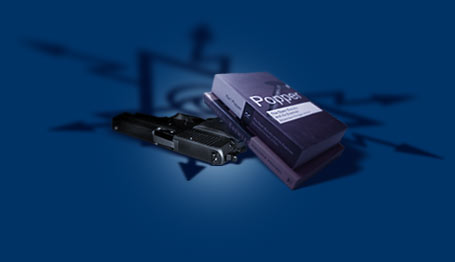
All content on this website (including text, photographs, audio files, and any other original works), unless otherwise noted, is licensed under a Creative Commons License. |
|||||
